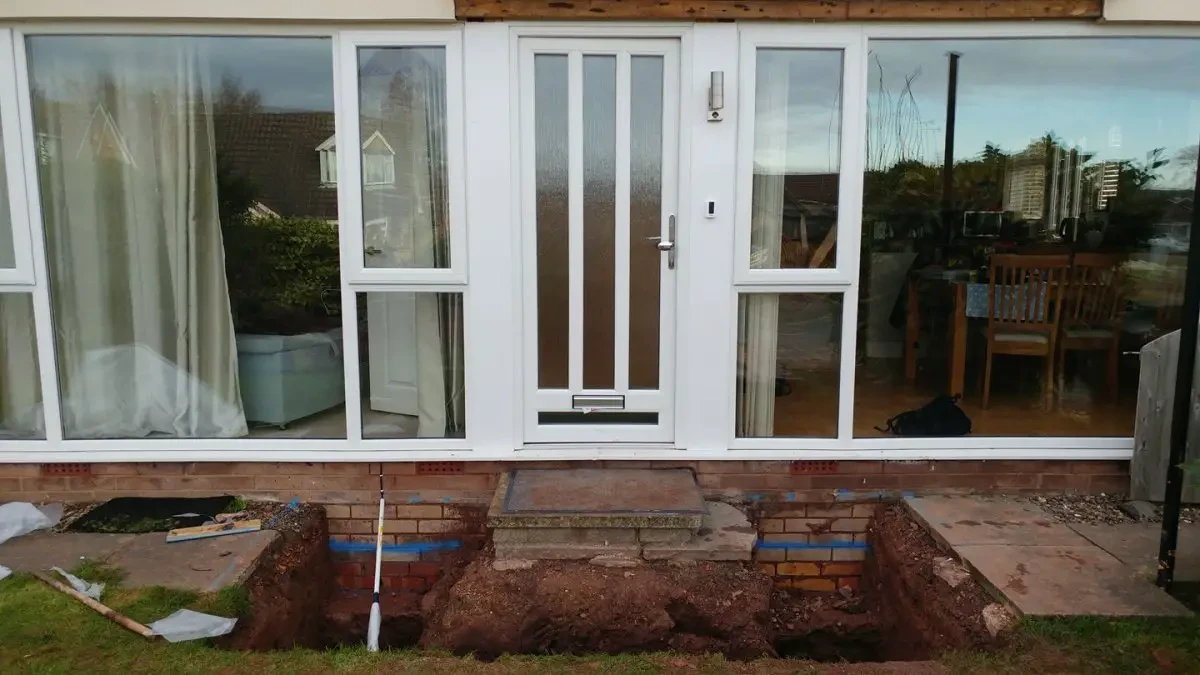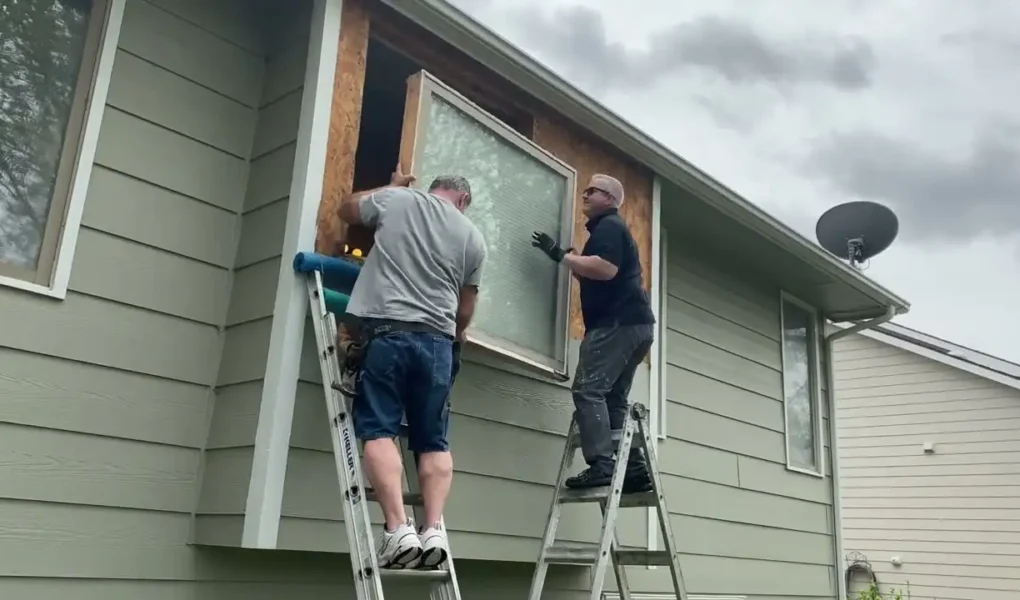Knowing how to temporarily cover a window opening can be a valuable skill in times of need. Having suitable materials and tools on hand is essential for privacy, security, or weather protection. Following the step-by-step guide in this article and considering alternative methods like curtains or blinds, you can easily create a temporary cover that meets your needs.
Remember to prioritize safety when installing any temporary covers and always ensure proper ventilation if using materials like cardboard or plywood. With these tips in mind, you can confidently address any window opening that requires a quick fix.
Reasons for needing to cover a window opening temporarily
Sometimes, unexpected situations arise that require us to cover a window temporarily. It could be due to a broken window pane, a need for privacy during renovations, or even just wanting to block out excess sunlight.
When you’re moving into a new space and waiting for proper blinds or curtains to arrive, temporary window covers can come in handy. They provide a quick solution until you find the perfect permanent option.
Covering windows might also be necessary if you’re taking an extended vacation and want to deter potential intruders from peering inside your home. Maintaining security while you’re away is crucial; temporary covers can help achieve that peace of mind.
Preparing the necessary materials and tools

When preparing to temporarily cover a window opening, it’s essential to gather the right materials and tools. Start by measuring the window’s dimensions to determine how much cardboard or plywood you need. Make sure your chosen material is sturdy enough to provide adequate coverage.
Next, gather scissors or a saw to cut the material to size. You may also need duct tape, nails, or screws to secure the cover in place. Having a measuring tape on hand will ensure precision during installation.
Additional materials like blackout fabric or reflective insulation are recommended if you’re looking to enhance privacy or effectively block out light. By being prepared with all the necessary materials and tools, you can efficiently cover your window opening without hiccups.
Step-by-step guide on covering a window opening with cardboard or plywood
You may find yourself in a situation where you need to temporarily cover a window opening. Maybe it’s due to renovations, a broken window, or just for added privacy. Whatever the reason, covering it with cardboard or plywood can be an effective solution.
First, gather your materials and tools – cardboard or plywood sheets (cut to fit the window), measuring tape, scissors or saw hammer or nails, and safety goggles.
Measure the dimensions of your window opening accurately. Cut the cardboard or plywood sheets accordingly. Do not cut until you have double-checked your measurements.
Place the cut material over the window opening. Secure it in place using nails and a hammer if using plywood. For cardboard covers, you can use heavy-duty tape for temporary attachment.
Ensure that the cover is snugly fit and provides adequate coverage. This will help maintain privacy and security until a more permanent solution is implemented.
Alternative methods for temporary window covers (curtains, blinds, etc.)

When temporarily covering a window opening, you can consider various alternative methods besides using cardboard or plywood. One option is utilizing curtains or drapes that can easily be hung over the window frame to provide privacy and block out light. Not only do curtains come in different colours and patterns, but they also offer a softer touch than other materials.
Another temporary solution is using adjustable blinds that are easy to install. Blinds come in different styles, like roller blinds or bamboo shades, allowing you to customize your space while maintaining privacy. If you’re looking for a budget-friendly option, adhesive window film is another alternative that provides privacy without completely blocking out natural light.
For a more creative approach, consider using decorative washi tape or even applying temporary wallpaper to cover the window temporarily with style. These options serve their purpose and add a unique touch to your living space.
Tips for maintaining privacy and security while using temporary covers
When it comes to maintaining privacy and security while using temporary window covers, there are a few essential tips to keep in mind. Ensure that the cover you choose entirely blocks out any visibility from the outside. This will help prevent anyone from peering into your space.
Consider adding an extra layer of security by placing additional barriers, such as furniture or plants, near the covered window. Defeating potential intruders can be done by doing this.
If you opt for cardboard or plywood covers, ensure they fit snugly within the window frame to avoid any gaps that could compromise privacy. For added security, you may also want to reinforce the cover with tape or screws.
Removing the temporary cover and potential reuse options
When removing the temporary cover, be careful to avoid damaging the window frame or surrounding area. Gently pull away the material and, if possible, set it aside for future use.
Consider storing the cardboard or plywood in a dry place that won’t get damaged. This way, you can easily reuse them if you need to cover another window opening.
If you no longer need the temporary cover, consider repurposing it for other DIY projects around your home. Cardboard can be used for arts and crafts, while plywood can be handy for small woodworking tasks.
By being mindful of how you remove and reuse your temporary window cover, you can minimize waste and find creative ways to give these materials a second life.




